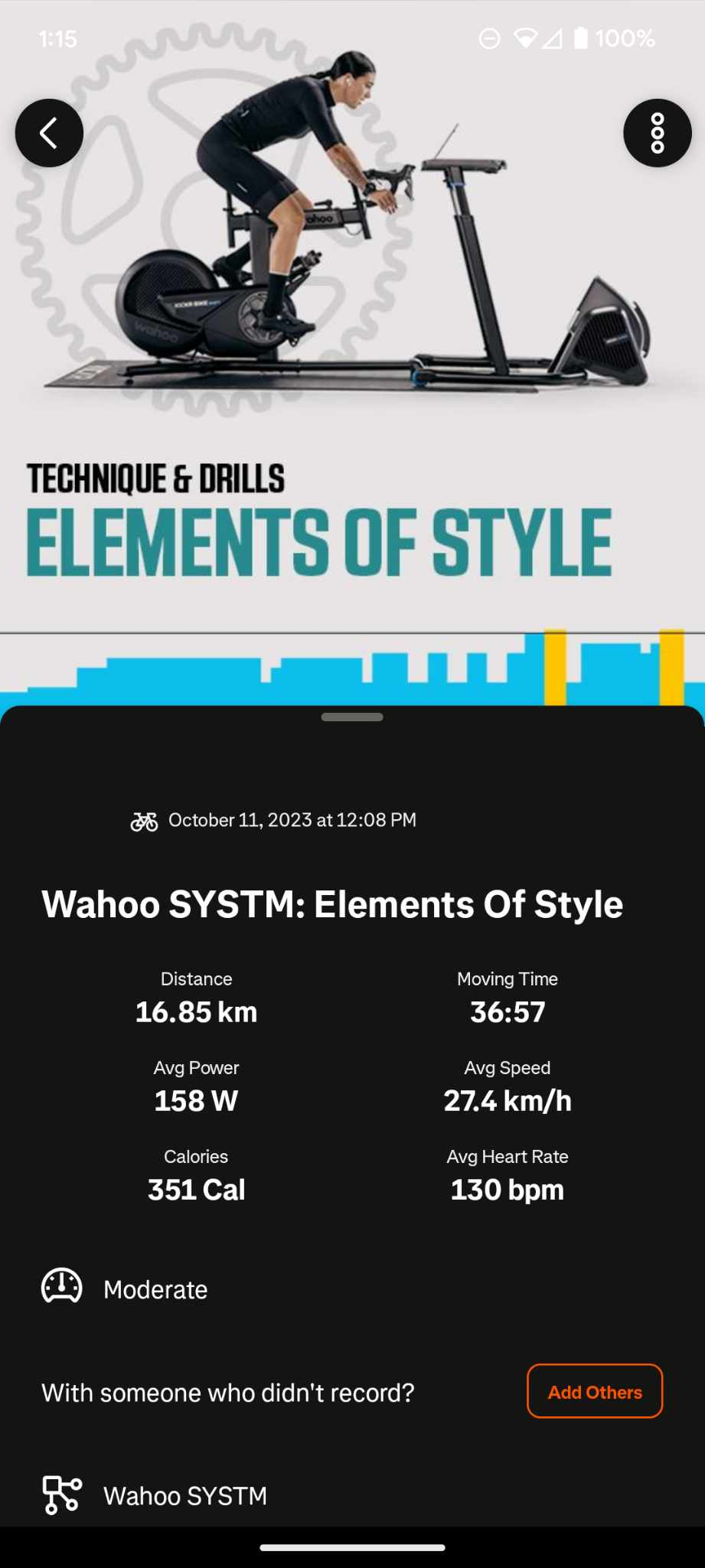

Interesting. That would make his survey of rather limited value, in my opinion, because just by doing notes (including rests), durations (just from semiquaver to semibreve, including tie and dot), and accidentals, you get 18, right off the bat. Considering the ranges offered in the poll he made were 1–5, 5–10, 10–20, and 20+ (never mind the overlap if you happened to use exactly 5 or 10…), that makes it very hard for anyone who types their note input instead of hunting around slowly with the mouse to get into anything other than the top bucket. Especially since he quite explicitly said “including typical ones (like Ctrl+S, Ctrl+Z, etc.)”












I never actually put any serious effort into using MuseScore myself before the changes, so I can’t comment from extensive personal experience.
But as a musician, I did use scores written by someone in MuseScore, as well as ones written in Sibelius. And I could always tell when it was MuseScore. I’m sure it was possible to write good looking scores in MuseScore 2, but it clearly did not make it easy. The scores were obviously inferior in terms of layout and design compared to those produced in Sibelius. Basic things like spaces between notes not being the right proportion, or dynamic markings appearing as plain italic text instead of the usual bold dynamics would be wrong in MuseScore far more often than in Sibelius.
As a general rule, a good UX should:
A lot of designed-by-software-engineer FOSS applications do a good job of 2 and an ok job of 3, but fail at 1.